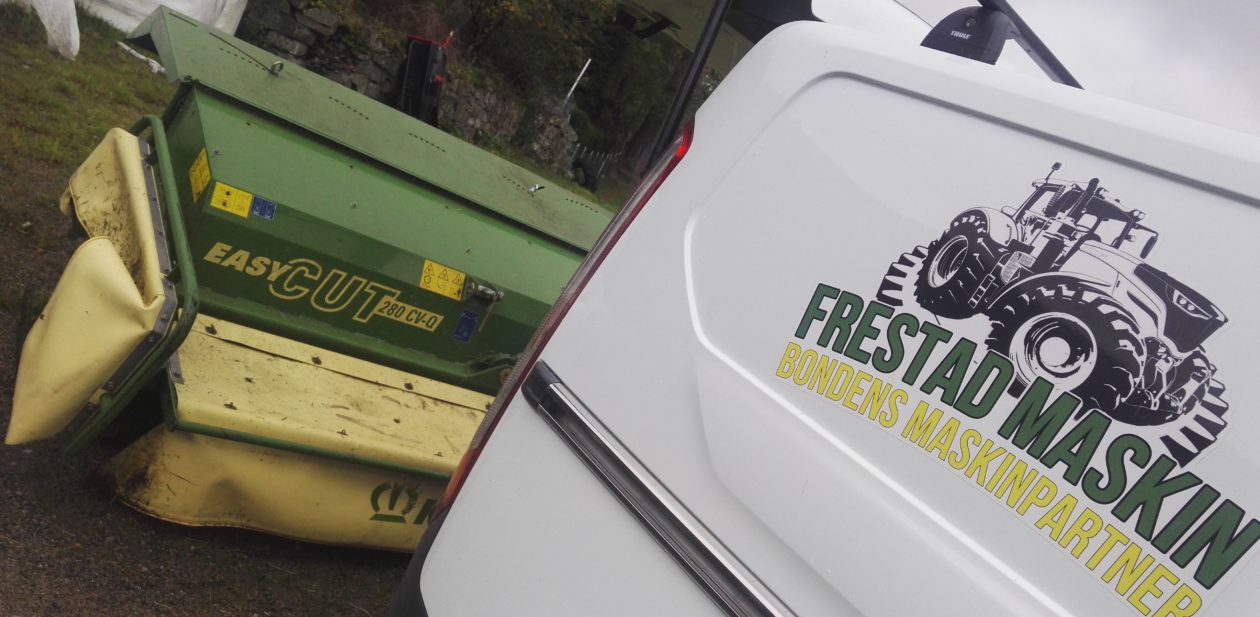Selecting The Right Apnea Treatment
Continuous positive airway pressure (CPAP) machines are currently the most recommended treatment for obstructive sleep apnea, and patients often feel major improvement after using them for just one night. But before you decide whether the therapy works for you, it’s important to consider the different options available: Where you buy your machine, which type you end up with, and what options are included will all affect how willing you are to use CPAP and how well it will work for you.
To get an air pressure machine, you first need to be diagnosed with sleep apnea. This process will probably require an overnight study in a sleep clinic; a home sleep test may be another option.
After your initial sleep study, a technician will measure your body’s response to different air pressure, or titration, levels. Most machines range from about 4 to 20 cm H20, meaning that they blow enough air to create a column of water that height.
Your prescription can be filled at a sleep clinic or another equipment retailer. It should include the following details.
- The type of device—CPAP, BiPAP, or APAP, for example.
- It can be generic, rather than a name brand or specific model, with some exceptions. “Most CPAP machines are interchangeable and it may take some time to find the best one," says Teofilo L. Lee-Chiong Jr., MD, medical director of the Sleep Center at National Jewish Medical and Research Center in Denver. “If you’re not limited to one machine, you can use the prescription for years to try newer models."
- The correct pressure level. These levels are set before you receive the machine and should only be adjusted by a doctor or technician, never by the patient.


